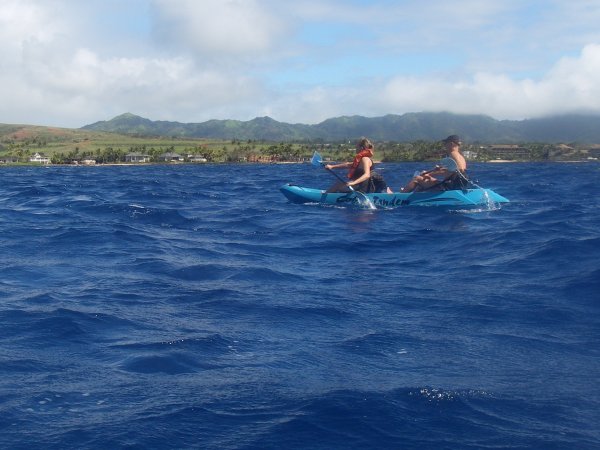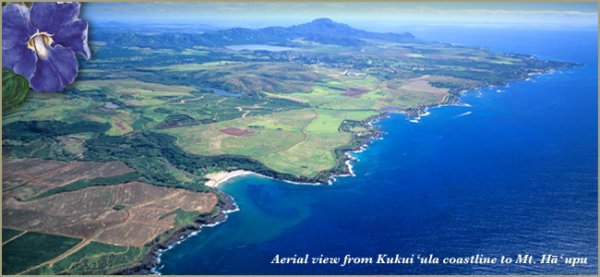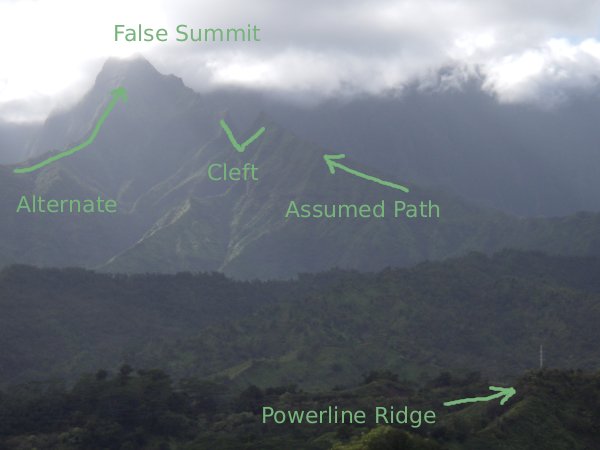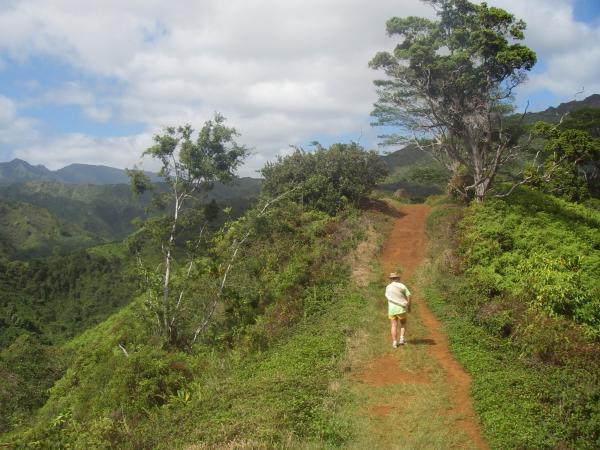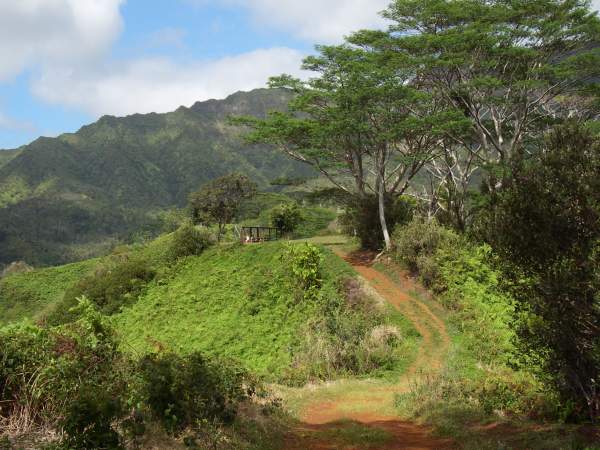Bill just wrote to me:
My wife and I have been envious of your ability to make the transition from mainlander to islander. […] But we have to ask, how were you able to do it?! We have looked from afar at the property listings and they are outrageous even for modest properties. And yes, we’ve read that the islanders are just fine with that as more people would like to have that dream existence.
But anyway, just wanted to say hello and thanks for your blog postings. Its very interesting reading and great to see the vivid pictures. […]
I’ve been asked similar questions before, and I think my answer will interest other readers, so I hope you don’t mind if I answer publically.
|
Hi Bill, Thanks for reading A Kaua‘i Blog, glad you like it. There are at least three transitions to make if and when you move here: financial, social, and psychological. Many people leave again in less than two years if they can’t successfully make all three. There is a book called “So You Want to Live in Hawaii” that you should read if you’re considering moving here. It doesn’t encourage or discourage you to move, it just helps you be clear about the realities and your own motivations. The financial transition is the most obvious, you need to be independently wealthy, have a job lined up ahead of time, or enough savings to last until you find a job. Personally, I took a sabbatical from a computer job to move here and begin the adventure hiking business, and my wife quit her job to make and sell crafts here. We are frugal people and we made the move with our savings. However, we found we didn’t want to live in a shack and we could not afford rent for a decent house with our start-up ideas. Fortunately, I was able to go back to my California job through tele-commuting and stay on the island. That allowed us to buy a house, barely. I still do guided hikes, but it just can’t pay the mortgage in a place like this. Like my hiking business, I think there is a market for successful entrepreneurs on Kauai, but not much funding. You either need a background in business so you can do a real business plan and get a loan, or scale back your living needs drastically to whatever you can make from your cottage industry. Any decent (but still small) living space for a couple is at least $1000 per month, mortgage on a small house is around $3000 monthly. The cost of living is roughly the same as the San Francisco Bay Area, just without all the job opportunities. In my estimate, you would need at least one professional salary (architect, engineer, nursing, etc.), or two skilled jobs (contsruction, trade, teaching, government, etc.) for a couple or small family to be comfortable. Long-time residents and local families who own their house can live on two or more service jobs (sales clerk, cleaning, tour guide, entertainer, etc.) because their mortgages are much much lower. For everyone else, the overlap between available salaries and obtainable mortgages or affordable rents on this island is very small. For career-minded manager-types, the only real opportunities are with the international luxury resort franchises on the island, but they do exist. The good news is that nurses can always find work here, skilled jobs are available for those with experience, and service jobs abound at $10/hr. So people willing to work can usually get started here, long enough to see if they can make the other transitions. The bad news is, the weather is often perfect, the beaches are beautiful, the locals are taking it easy, and you won’t have time to enjoy it. When you move here expecting every day to be a vacation and instead you have to work more than you did on the mainland, you will feel how hard the financial transition can be. Real-estate is a thorny issue here. Many realtors are just flipping homes to investors, which prices out the locals, and sometimes literally drives them out of their affordable rental. Locals have no mobility because they’re selling older homes and can’t afford the new ones, unless they leave for the mainland. There is also resentment against developers who are taking the green agriculture land that gives Kauai much of its character and turning it into investment/vacation housing. You can guess what happens when there is more housing than open land: no more character and charm. The social and psychological transitions are harder to see and plan for. If you have a large circle of friends and live close to family, you may find you won’t stand the move. But that may be true even if you move somewhere else on the mainland. Locals and earlier transplants avoid the fresh-off-the-boat mainlanders because so many of them leave even if you take the time to cultivate a new friendship. We’ve had that happen to us. We’ve tried being open to the local culture, both the Hawaiian heritage and the current rural character, and we’ve found people to be friendly, but there is still a limited number of like-minded people on the island who share our professional and recreational interests. And finally, island fever is real. Activities are more monotonous, and potentials are more limited here than on the mainland, especially if you come from a city. We love the outdoors and are still finding things to discover, but we also miss skiing—fortunately that can be fixed with a winter vacation to California. No such thing as a road-trip in Hawaii, if you’re used to a change of scenery every now and then. Again, it is a question of openness. Kauai has a lot to offer if you’re not busy complaining about how it’s not like the mainland. And once you feel you’re established here, you may still feel like you’re not treated as a local. It takes much more time for those who were raised here to see you as one of them. You need to get connected to the social fabric and think of the island as home, not someplace you can leave if things go bad. And don’t try to speak pidgin until it feels natural to you. Our friend Gabriela, who has lived here for 30 years, built two houses, ran a B&B, and wrote a book about it, says it took at least 20 years to be accepted into the local community. To be honest, we feel well established here after 2.5 years, but we can tell that none of our transitions are complete. Buying a house and raising a child on a single income from a remote job makes us financially vulnerable, we’ve met lots of people but have really established only a few friendships, and we do get homesick for the high Sierra or the Alps. So be prepared, but don’t be afraid to make the move. And once you get here, slow down, be open to the local culture, the local activities, and the opportunities that are here. And give it some time. Aloha! |





